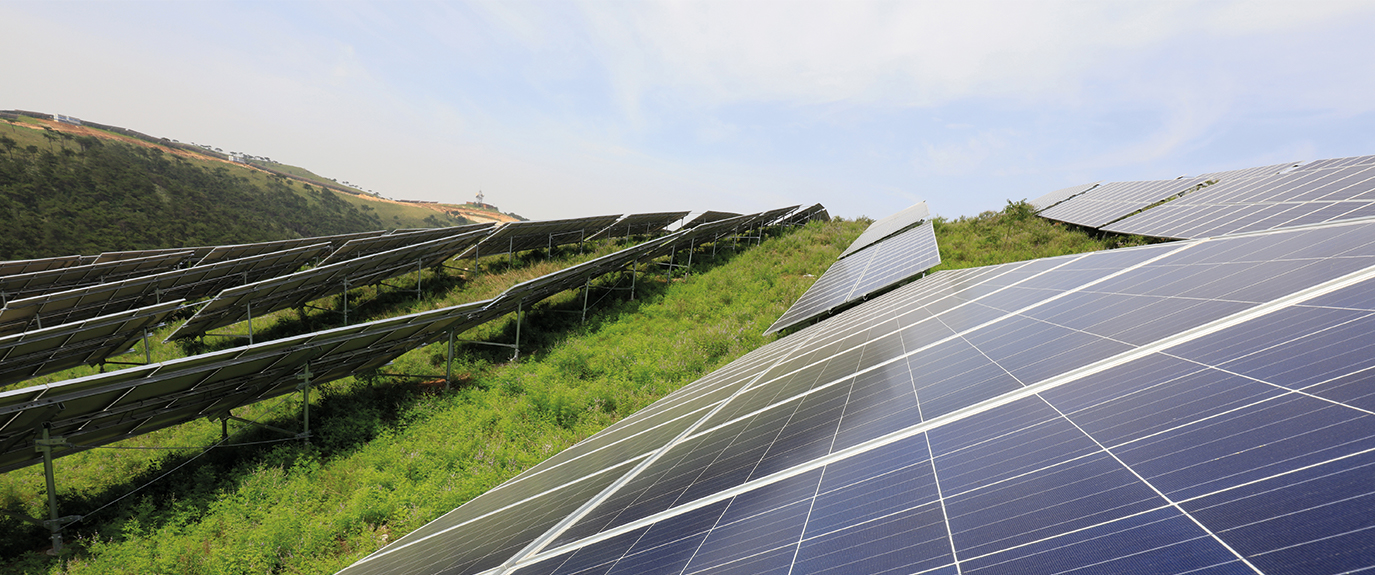Scientists Have a Plan to Stop Climate Change — Dim the Sun
RADIATION REGULATION
Scientists are beginning to seriously consider a radical plan to geoengineer the environment in an effort to combat climate change to potentially mitigate some of the harmful effects it is already having on us and the environment. This plan would call for the release of sulphate aerosols into the upper atmosphere, thus reflecting some of the sun’s rays back into space, theoretically reducing the rate of climate change.
Such a move could help to stop the deleterious effects of climate change, such as coral bleaching and the increased occurrence and intensity of hurricanes. James Crabbe, from the University of Bedfordshire, UK, is conducting a study to discern what kind of effects this type of geoengineering may have on the region of the Caribbean where the study is taking place. Crabbe stated, “We show very convincingly that, by injecting sulphur dioxide in the atmosphere, sea surface temperatures would decrease significantly by 2069.”
Crabbe’s team used computer models to simulate what would happen should this plan be implemented. In the models, the introduction of solar geoengineering prevented coral bleaching by keeping the region’s ocean temperatures from rising. Moreover, the frequency of hurricanes was also decreased, which gives coral reefs more time to recover from the storms.
GEOSTORM WARNING
Naturally, this kind of environmental tampering raises a lot of questions. “One of the main concerns with solar radiation management is not necessarily its effectiveness, but its side effects,” says Rob Bellamy of the Institute for Science, Innovation, and Society at the University of Oxford. He warns of the potential problems that can arise when delicate ecosystems are disrupted, “it could disrupt regional weather patterns and monsoons,” which are vitally important factors.
These changes could influence people regionally as well as locally, meaning that while some parts of the world will see the intended benefits, others will be forced to deal with its negative effects — yet another facet of man-made inequality.
Even testing how such changes could impact the environment using the real world as opposed to simulations is controversial. Scientists are not able to guarantee that, if the changes implemented are harmful, they can be reversed.
In the event that such changes are tested, prove adequately beneficial, and can be implemented, they alone still could not ensure global security from climate change in perpetuity. Bellamy questions what would happen if the geoengineering system was halted, like in the case of a terrorist attack. He posits, “Global temperatures would jump back to where they would have been without geoengineering.” This could lead to an unprecedented rapid rise in global temperature, which could be even more harmful than a gradual one.
Still, the current rate of climate change does spell doom for Earth and its inhabitants and something drastic must be done to combat the warming globe. Much research still needs to be done to ensure that any proposed solution will be for the benefit of the entire planet. Furthermore, severe solutions such as this should not be a substitute for seeking to reduce harmful emissions. These measures should be conducted concurrently to allow for the most powerful and well-rounded approach.
This article first appeared on Futurism


